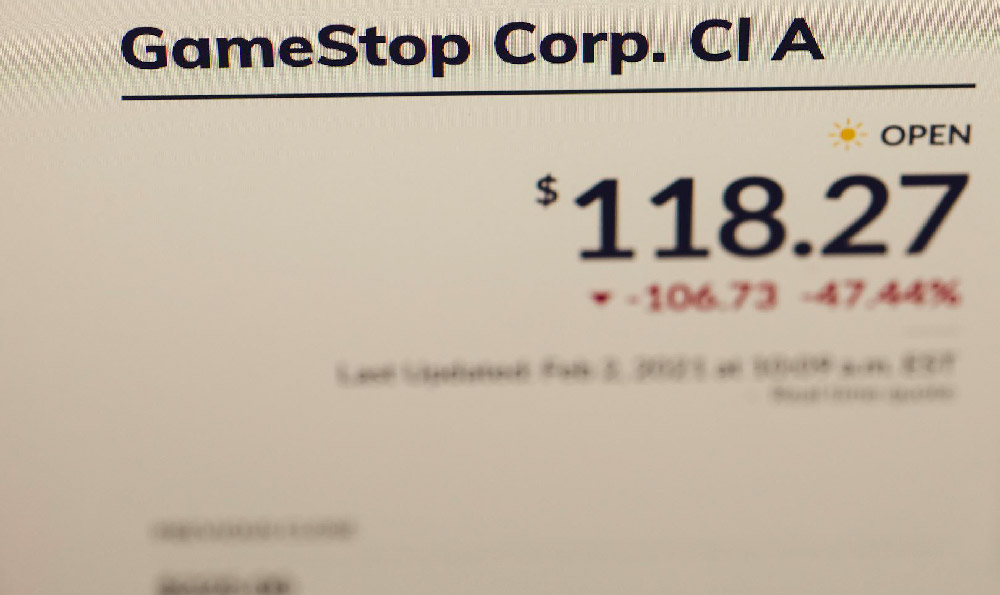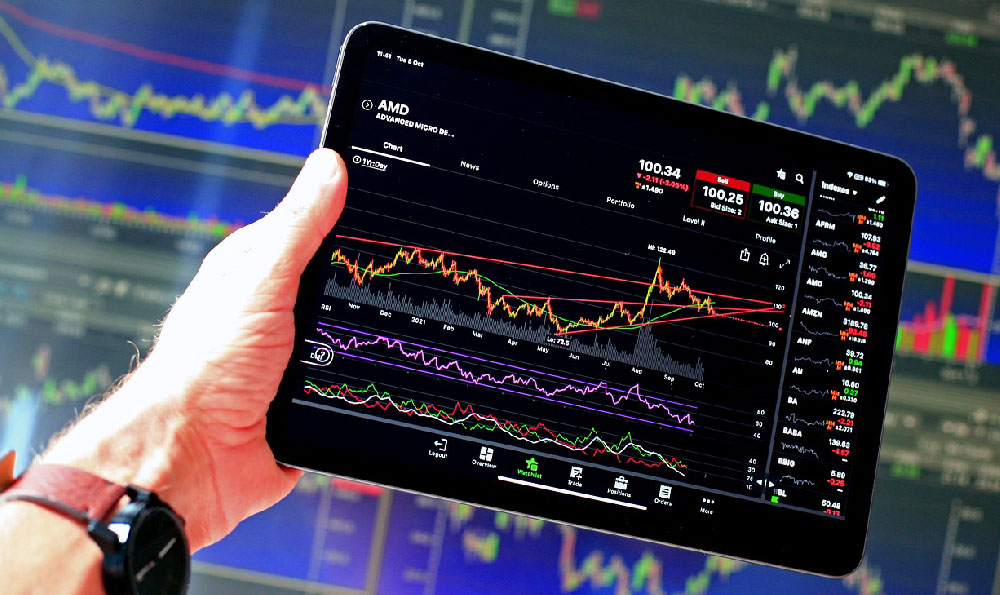DoorDashing for Dollars: Is It Really Profitable?

DoorDashing, the ubiquitous gig economy staple, promises individuals the flexibility to earn money on their own terms. But is this promise of easy cash actually translating into a truly profitable venture? The answer, as with most things in the financial world, is nuanced and requires a careful examination of costs, benefits, and market realities.
The initial allure of DoorDashing lies in its accessibility. Virtually anyone with a car, a smartphone, and a clean driving record can sign up and begin accepting orders. This low barrier to entry makes it an appealing option for students, stay-at-home parents, and individuals seeking supplemental income. The flexibility is also a significant draw, allowing dashers to work around existing schedules and commitments. You can dash for a few hours during peak lunch rushes or dedicate an entire weekend to maximizing earnings. This control over one's work schedule is a powerful incentive, especially in a world increasingly valuing work-life balance.
However, the surface-level appeal masks a more complex economic equation. While DoorDash advertises the potential for significant earnings, these figures often fail to account for the substantial expenses incurred by dashers. The most significant of these is undoubtedly the cost of operating a vehicle. Gas prices, vehicle maintenance, and depreciation all contribute to a considerable drain on profits. Consider the wear and tear on tires, oil changes, and the inevitable need for repairs. These costs, often overlooked by new dashers, can quickly erode the seemingly impressive hourly rates advertised by the platform.

Moreover, insurance is another critical factor. Personal auto insurance policies typically do not cover accidents that occur while driving for commercial purposes like DoorDashing. Dashers are thus required to either purchase additional coverage or risk being uninsured in the event of an accident. This added expense further diminishes the overall profitability of the venture. It's a critical area where many potential dashers fail to properly assess the risk and associated cost, potentially leaving themselves financially vulnerable.
Beyond vehicle-related expenses, dashers also face the burden of self-employment taxes. Unlike traditional employees who have taxes automatically withheld from their paychecks, dashers are responsible for paying both the employer and employee portions of Social Security and Medicare taxes. This can come as a significant shock to those who are unfamiliar with the intricacies of self-employment taxation, requiring careful budgeting and planning to avoid unexpected tax liabilities. Accurate tracking of income and expenses is essential to minimize tax burdens and ensure compliance with tax regulations.
The actual earnings potential of DoorDashing is also heavily influenced by factors such as location, time of day, and competition. Densely populated urban areas with a high demand for food delivery tend to offer more opportunities for dashers. However, these areas also tend to be more competitive, with a larger pool of dashers vying for the same orders. Conversely, less populated areas may offer fewer opportunities but also face less competition. Strategic planning, such as targeting peak hours and high-demand restaurants, can help maximize earnings.
Furthermore, the algorithm used by DoorDash to assign orders plays a significant role in determining individual earnings. Factors such as acceptance rate, completion rate, and customer ratings can influence the types and frequency of orders that a dasher receives. Maintaining a high acceptance rate, while seemingly beneficial, can also lead to accepting less profitable orders simply to maintain a favorable standing with the algorithm. A savvy dasher needs to develop a strategy that balances acceptance rate with profitability, selectively accepting orders that maximize earnings while minimizing mileage and time spent.
Successfully navigating the complexities of DoorDashing requires a business-minded approach. Treating it as a serious endeavor, rather than a casual side hustle, is crucial for achieving profitability. Tracking expenses meticulously, optimizing routes for efficiency, and strategically selecting orders are all essential components of a successful DoorDashing strategy. This includes analyzing the cost per mile, factoring in the time required to complete each delivery, and understanding the dynamics of local demand.
Ultimately, the profitability of DoorDashing depends on a complex interplay of factors. While the platform offers the potential for flexible earnings, it also comes with significant expenses and challenges. By carefully considering all costs, strategically planning work schedules, and optimizing delivery strategies, individuals can increase their chances of achieving profitability. However, it's crucial to approach DoorDashing with a realistic understanding of its limitations and a willingness to adapt to the ever-changing dynamics of the gig economy. Before diving in, potential dashers should meticulously calculate their estimated expenses and potential earnings to determine if it's a worthwhile financial endeavor. A thorough cost-benefit analysis is essential to making an informed decision. Furthermore, remember to factor in the value of your time. The hourly rate you earn should be weighed against other potential earning opportunities and the value you place on your free time. It's not just about the dollars earned; it's about the opportunity cost involved.















